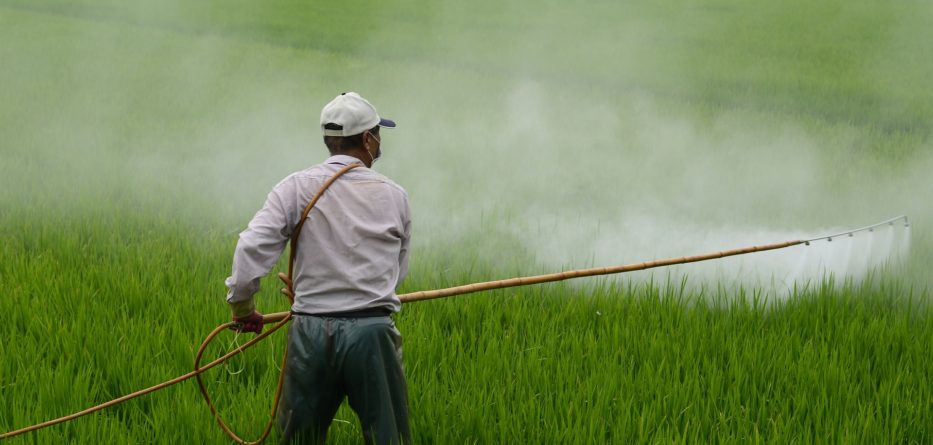Suzanne Potter
California News Service
SACRAMENTO, Calif. — California regulators have moved one step closer to placing big restrictions on the use of a pesticide that President Donald Trump’s Environmental Protection Agency refused to ban earlier this year.
The California Department of Pesticide Regulation just released an updated draft risk assessment for chlorpyrifos. It’s one of the most widely-used pesticides in the state, applied to golf courses and about 50 crops, including almonds, grapes, walnuts, oranges and cotton.
But Cheryl Watson, assistant director of communications with Cal EPA said chlorpyrifos is a dangerous neurotoxin that can float toward schools and homes in low-income farm communities.
“This pesticide has been in use for more than 50 years,” Watson said. “But a review of the latest science by the Department of Pesticide Regulation shows that they are finding that it has a possible risk to children’s developing brains when it’s airborne.”
In March, as one of his first official acts, the head of the U.S. Environmental Protection Agency, Scott Pruitt, went against the advice of his agency’s scientific advisors and decided not to ban chlorpyrifos, just weeks after meeting with the CEO of Dow Chemical.
In 2015, California restricted the sale of chlorpyrifos, so only people with special training and a permit from county agricultural commissioners can buy it.
Craig Cassidy, public information officer with the California Department of Pesticide Regulation, said the state is considering further restrictions, despite federal inaction.
“Right now, we already have a required buffer zone of 150 feet between sensitive sites and applications. We could maybe triple that,” Cassidy said.
The public comment period on the risk assessment is now open for 45 days. By next month, the state will share guidelines with county agriculture commissioners to expand the distance between the fields and communities so as to lessen the risk of accidental exposure. A final decision from the state could come late next year.





